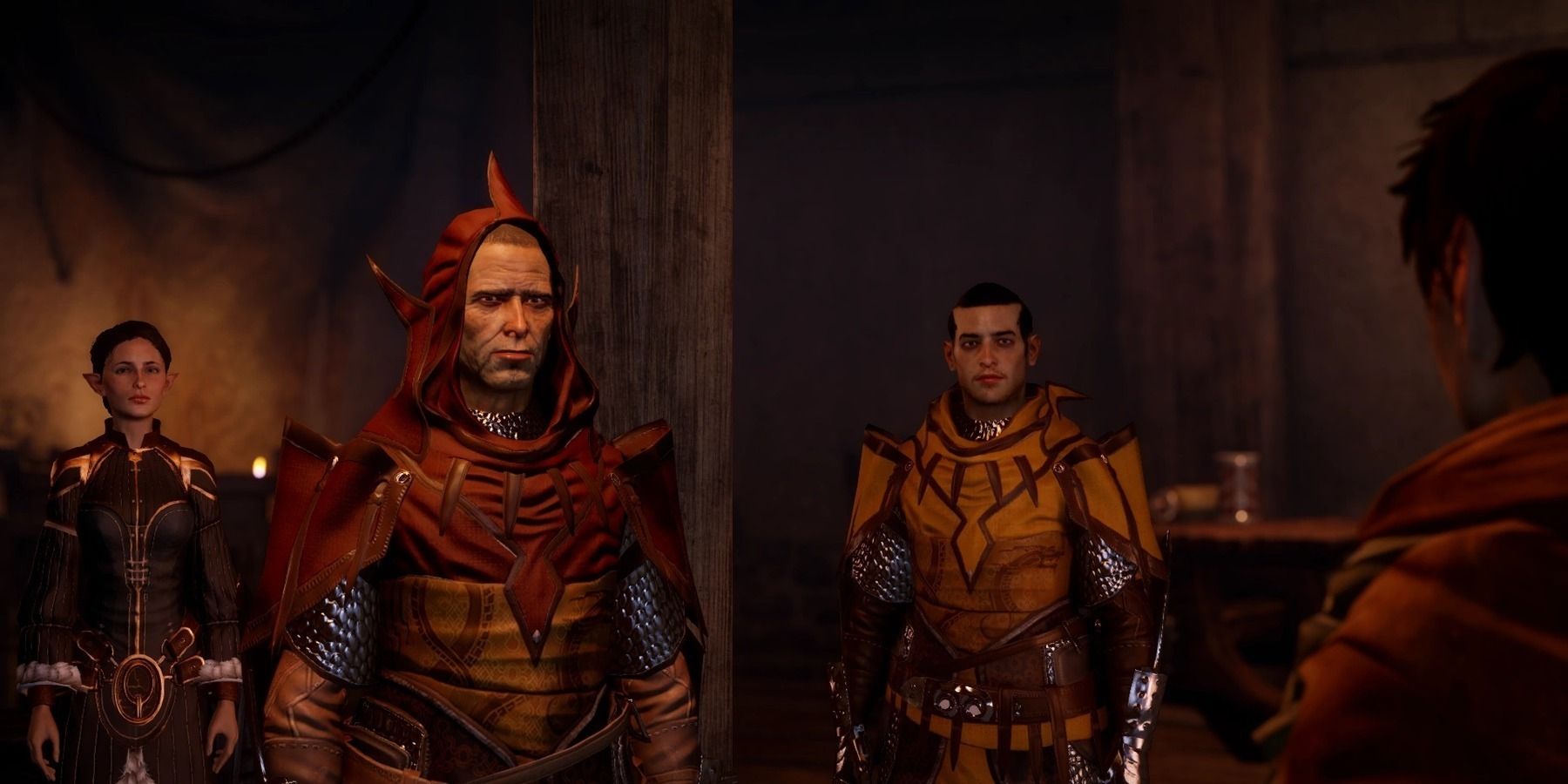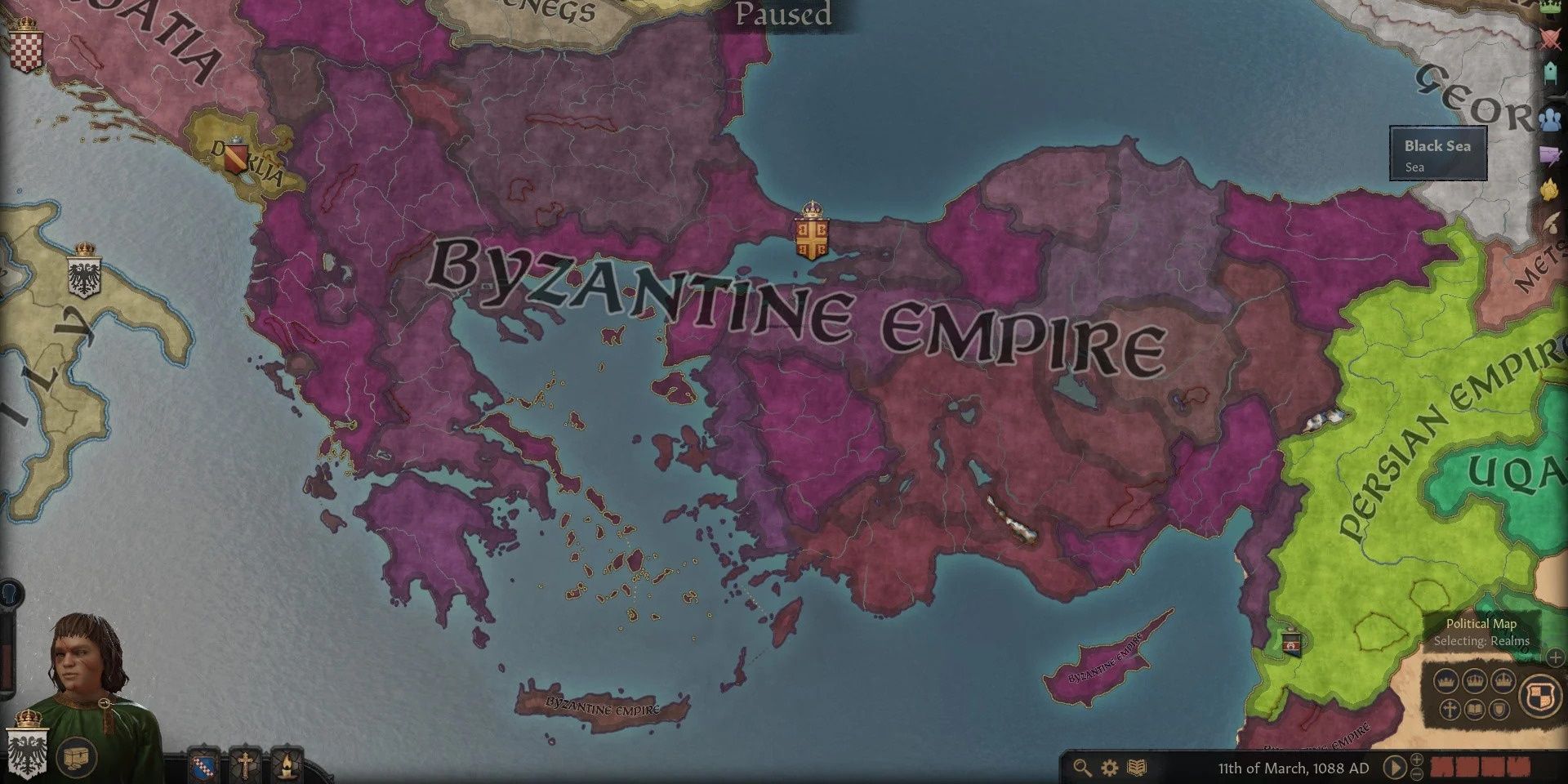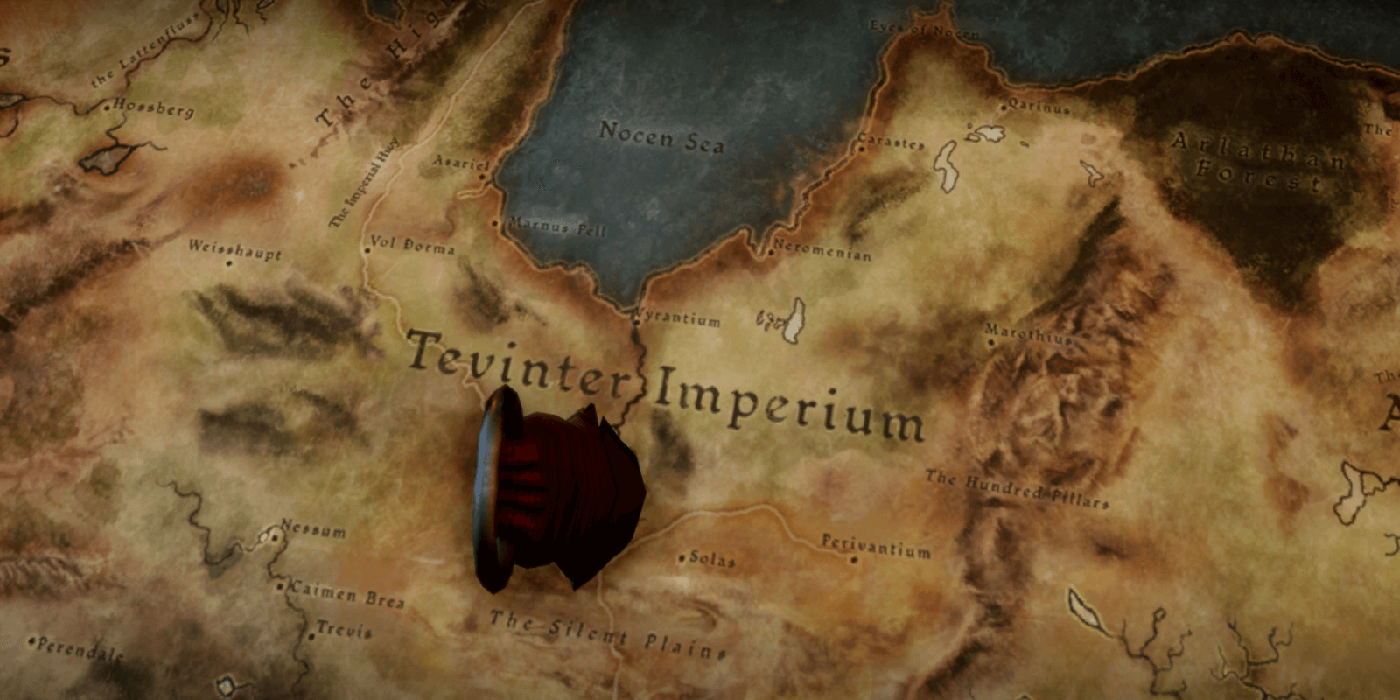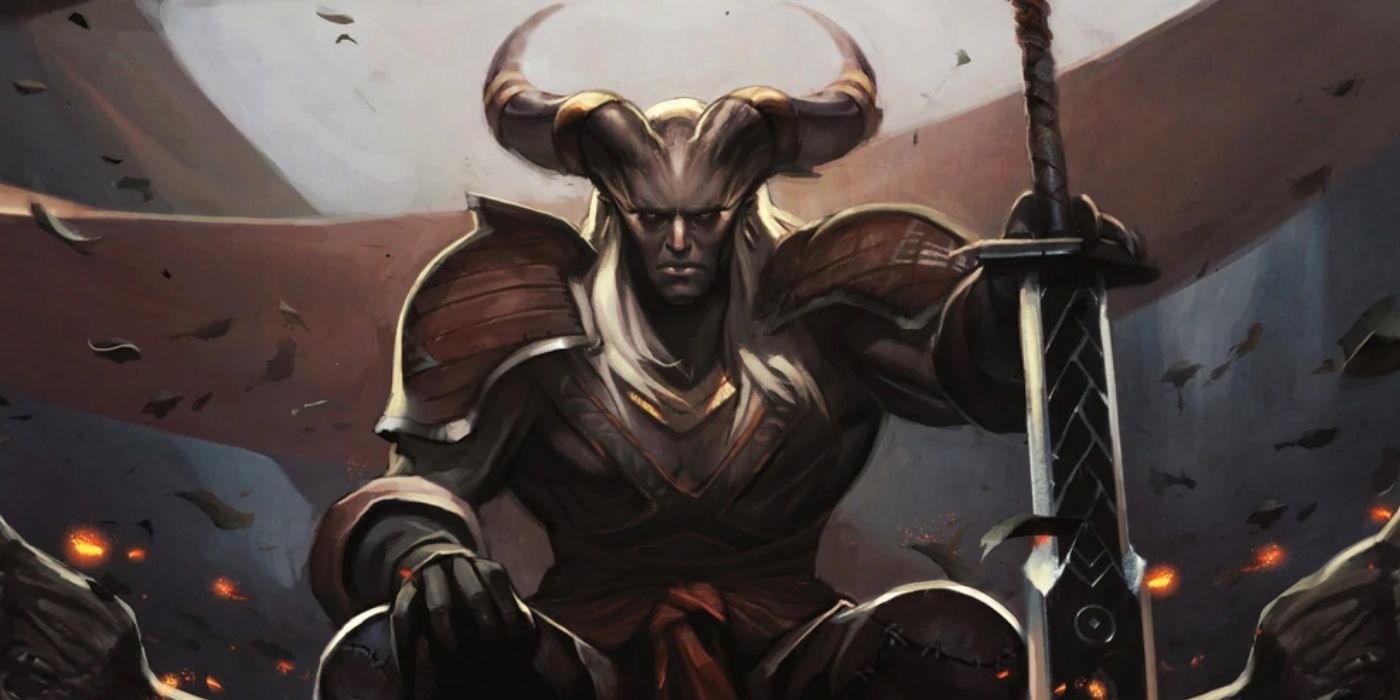In 2009, developer BioWare released the medieval fantasy game Dragon Age: Origins. At the time of its release, the game was praised by critics and currently holds a 91 PC score on Metacritic. As the franchise has expanded, more and more of its world becomes more palpable. The longer one spends in Dragon Age's world, the longer a player may start to notice some obvious parallels between the world of Thedas and real medieval history.
The history of Europe, particularly that of Western Europe, is one that is intricately tied to that of the Roman Empire. During the last few centuries of the Roman Empire’s existence, it was in constant turmoil. Civil wars, plague, bad leadership, the rise of Christianity, and invasions from the Huns and Germanic tribes all contributed to the fall of the Empire. Various Germanic tribes would go on to divide the Western half of the Empire which would gradually turn into the kingdoms we all know today. Contrary to popular belief, however, the Roman Empire technically wasn’t done.
How The Byzantine Empire Kept Europe From Falling
In the year 286 AD, the Roman Empire was divided into two halves. What became known as the Western Roman Empire comprised what is now known as Western Europe and North Africa. This was the empire that had collapsed by 476 AD and is what historians usually refer to as the fall of the Roman Empire. The second half of the Empire, known as the Eastern Roman Empire consisted of the Balkans, Turkey, Palestine, Israel, Syria, and Egypt and was overall more politically, financially, and militarily stable than its western counterpart. It would remain a powerful force in Europe before it was completely destroyed by the Turks in 1453 AD. Today, this is simply known as The Byzantine Empire. This all begs the question, however, as to why the Eastern Roman Empire didn’t try to retake the west given its instability. While it did make a few attempts in the 6th century, the empire would face a new threat emerging from the Arabian Peninsula.
In the Arabian Peninsula, the Islamic prophet Muhammad Ibn Abdullah was uniting the lands with the new religion. Following his death, various successor caliphates invade multiple parts of Africa, Palestine, Spain, and regions now referred to as the Middle East, with the Byzantine Empire bearing the brunt of these invasions, In particular, it lost nearly all of its territory to the Rashidun Caliphs between 632 AD through 661 AD with the Empire only managing to hold on to the Balkans and modern-day Turkey. After the turn of the millennium, Western European powers began to launch a series of Crusades, aimed at taking modern-day Israel from the Islamic powers that controlled it, ultimately ending in failure. Many of these events can be seen in some best medieval-based video games. None of these territories would ever be returned to the Eastern Roman Empire before its fall.
What Does Any Of This Have To Do With Dragon Age?
In the world of Dragon Age, Tevinter was the dominant empire over most of Thedas. Details on what happened to the Tevinter Imperium are rather vague and inconsistent, but like the Roman Empire, its fall had to do with a combination of factors. The First Blight weakened the Imperium and set the stage for future rebellions throughout Thedas. The biggest of these rebellions was the one led by Andraste who was the Dragon Age equivalent to Jesus and/or Joan of Arc. As with religious figures like these, what she said and did is a matter of debate and controversy with some believing that she was actually the Maker’s chosen woman representing his will on Earth. Others contest that she was merely a powerful and charismatic mage. Regardless, the ideas that she taught and preached stretched to every corner of Thedas and became one of the world's dominant religions. But like in the real world, there was a lot of disagreement over who had the final say over what was right and what wasn’t.
Like Catholicism in Europe, the Dragon Age church known as The Chantry has two very different sects. The first is The Chantry based in the Empire of Orlais and is composed entirely of women. Much like the Roman Catholic Church, it is seen by many as a corrupt institution of oppression. It’s made clear that there are many good people within it, but it's also an organization that actively oppresses mages and keeps telling the world that they’re the world has been going downhill. The Tevinter Imperium has its own version of the church but is noticeably looser about its rules with mages, similar to the Eastern Orthodox Church. Like Europe, one version of this charge thrives in the splintered nations of the old empire while another prospers in the portion of the empire that survived.
Southern Thedas itself is made up of the various splintered smaller nations. For the most part, the European metaphors stick mostly to accents and cultural short hands. It’s kind of hard to see the Empire of Orlais as anything other than a stand-in for France, but with the other nations, it's hard to pinpoint an exact 1:1 metaphor. For the most part, however, most of these countries go on, fight their wars, and go about their business without much interference from the Tevinter Imperium. This is because, as it turns out, like the Eastern Roman Empire, the country has a foreign invader to contend with.
Tevinter's Wars with the Qunari
Like the Arab Caliphs, the Qunari is a force that seemed to come out of nowhere. Upon their arrival in Thedas, their armies quickly swept across the land and conquered virtually everything in their path until they were halted by their enemies. Sometimes, the nations of Thedas were able to reconquer and drive out the invaders. Portions of these lands were also reconquered thanks to the Exalted Marchers, which can be interpreted as Crusades. Much like the Byzantine Empire, however, even after this expansion was stopped, the Tevinter Imperium still wars with the Qunari over territory in the north.
A war with the Qunari will likely play a part in Dragon Age: Dreadwolf. While gamers do not know how intense these wars are, they likely keep the majority of the Qunari's forces and resources occupied and prevent them from descending on the relatively smaller and weaker nations to the south. It is also plausible that the constant threat of Qunari invasion also keeps the Tevinter Imperium from mounting any attempt at reconquering the rest of Thedas.
Ultimately, this sort of narrative shorthand is used more often than one might think. Most fantasy stories usually take place in a world full of kingdoms that are built on the remains of an older, more powerful empire. Most stories typically find other ways to cover it up. But in Dragon Age’s case, the Tevinter Imperium is the Roman Empire, and it'll be interesting to see where BioWare takes this aspect of the world in future games.
Dragon Age: Dreadwolf is in development.




